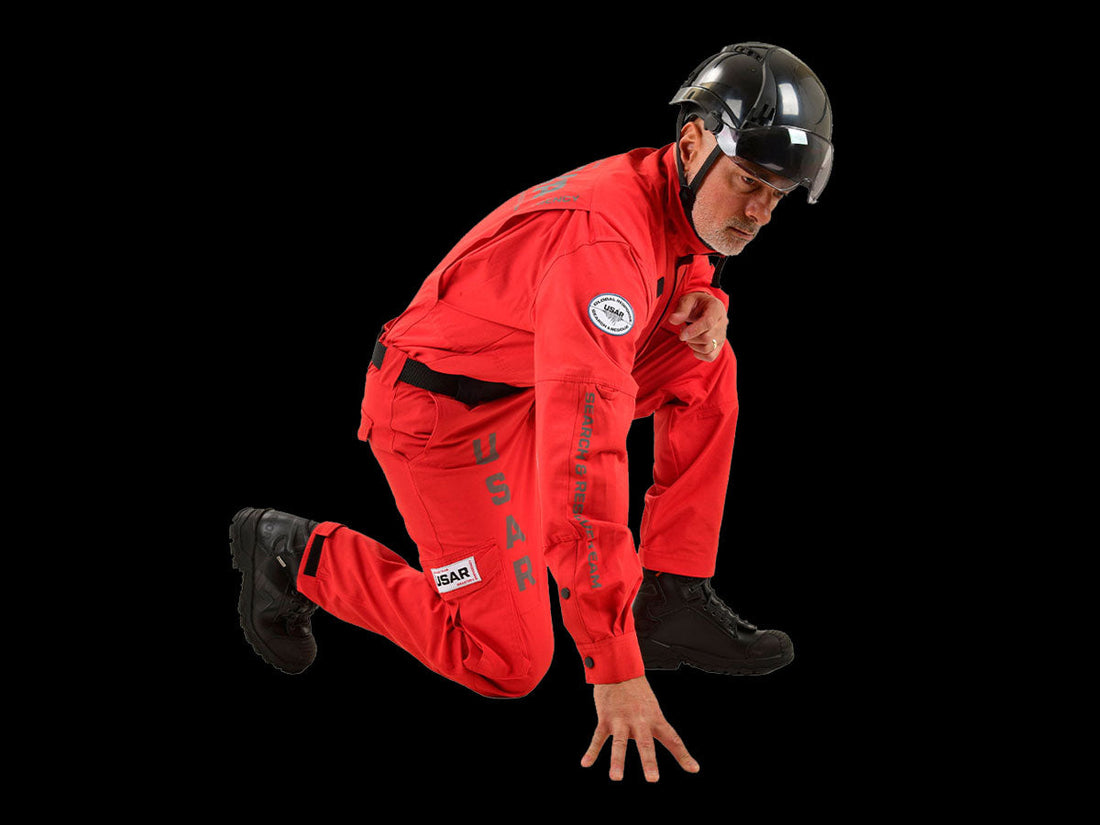
5 Essential Features of Professional SAR Clothing
What makes rescue-ready apparel truly reliable in the field?
When lives are on the line, clothing isn’t just about comfort—it’s part of the mission. For search and rescue (SAR) teams operating in unpredictable, often dangerous environments, apparel must meet strict functional requirements. Whether working in urban collapse zones, remote wilderness, or disaster sites, professional SAR clothing should be designed to enhance performance, safety, and endurance.
Here are five essential features to look for in high-quality SAR apparel:
1. Layered System Compatibility
SAR clothing must support a modular layering system—base, mid, and outer layers—allowing the responder to adapt to changing climates and levels of activity. The base layer should regulate moisture, the mid-layer should provide insulation, and the outer shell must shield from wind, rain, or debris.
2. Durable & Abrasion-Resistant Fabrics
SAR operations involve crawling through rubble, lifting debris, and exposure to sharp or abrasive surfaces. Garments should be made from high-tenacity materials like ripstop nylon, Cordura®, or polycotton blends that resist tearing while allowing freedom of movement.
3. Breathability and Moisture Management
Even in cold weather, SAR teams generate intense body heat. High-performance fabrics must offer breathability and wick away moisture to prevent overheating or chilling—especially when worn for long hours under gear such as vests or backpacks.
4. Functional Design with Tactical Utility
Search and rescue clothing should include strategically placed pockets, tool loops, Velcro patch zones, and reinforcement panels on knees, elbows, and shoulders. Reflective details and high-visibility options are also vital for safety in low-light or chaotic environments.
5. Customization & Identification Zones
Institutional SAR clothing must accommodate customization—logos, national emblems, blood type indicators, and unit identifiers. Velcro areas or printed zones ensure that each piece of gear can be personalized for agency use without compromising durability.
Conclusion: Dress for the Mission
SAR operations demand more than just gear—they require apparel built for the mission. Whether you're outfitting a local volunteer rescue team or a government response unit, clothing should be a reliable part of your emergency response system.
